OUR SERVICES
ARCHITECTURE DESIGN
STRUCTURE DESIGN & CONSTRUCTION
INTERIOR DESIGN & RENOVATION
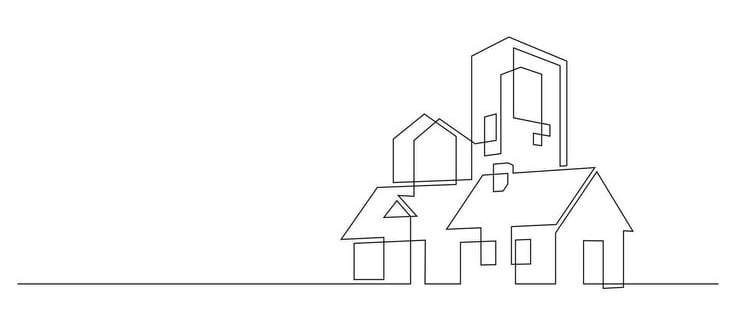

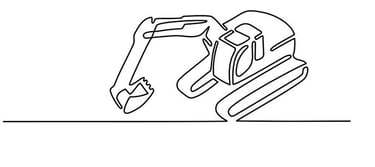

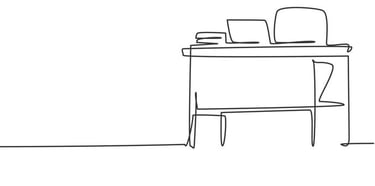

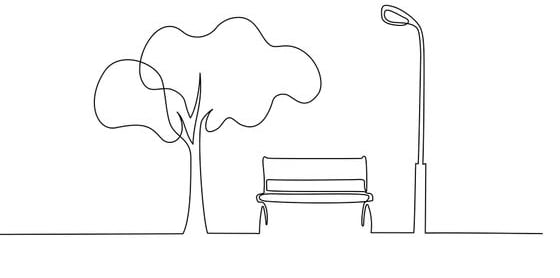

LANDSCPE DESIGN & PLANNING
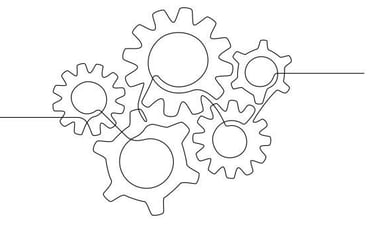

MECHANICAL, ELECTRICAL & PLUMBING SERVICES
DESIGN PRINCIPLES
. Emphasis
Emphasis is where the focal point of the design is and where the eye is drawn, using proportion, placement, shape, color, and materials.
. Axis
Axis is an abstract or well-defined linear progression, which can be used to organize other forms and spaces.
. Symmetry
Symmetry is using a well-defined center point, or line, to reflect and balance a design. In architecture, this concept is a formula-driven compositional structure that could be linear, radial, or bilateral (vertical vs. horizontal).
. Asymmetry
Asymmetry is a counter concept to symmetry, relying on abstract strategies rather than formula-driven strategies to provide balance. The end result is a design that is sequential, amorphous, or what could be considered non-rational, yet still in balance.
. Balance
Balance is the art of mixing classifications of weights, colors, texture, and objects to generate a sense of stability. Symmetry or asymmetry are often combined with balance to give more definition and character to a design.
. Datum
A datum is a line, shape, or form that anchors all of the forms or elements of a design in one space. The datum acts as a foundation and must be significant enough to support all of these forms or elements.
. Space
Space is the defined volume between different elements. The manipulation of space can add or subtract from the design to create varying effects for aesthetic or functional purposes. This could include negative space or white space as well.
. Movement
Movement is how the design leads a viewer’s eyes through the exterior and interior of a building composition, guided by patterns or other design elements. Any element of design can be used to accomplish this, including direction, colors, value, and proportions.
. Rhythm
Rhythm is the intentional variation of design elements that offer the viewer a sense of repeating visuals. This can be expressed through intervals, random, or gradated inflections that may increase or decrease in proportion with each repetition.
. Scale
Scale, similar to proportion, is the area or ever-changing size relationship between design elements in terms of ratios.
. Unity
Unity is a more complex principle—the harmony created by the rational balance between the built environment and the natural order. This could be anchored by a concept related to functional goals, or visual component for aesthetic purposes.
. Contrast
Contrast is when different components of design are treated with varying levels of punctuation, emphasis, or highlight to accent a particular feature. Contrast can provide a deeper level of context to any design for aesthetic or functional purposes.



